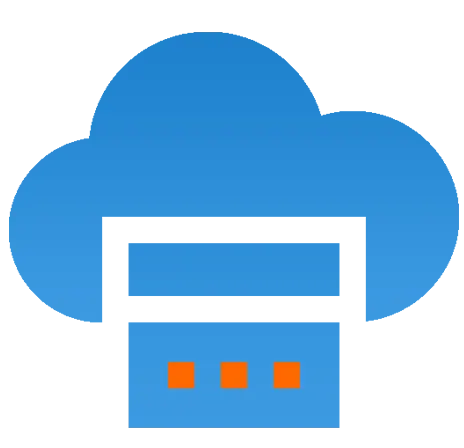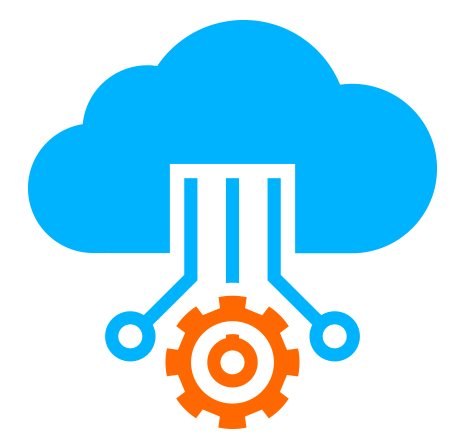 Server
Colocation
Server
Colocation
 CDN
Network
CDN
Network
 Linux Cloud
Hosting
Linux Cloud
Hosting
 VMware Public
Cloud
VMware Public
Cloud
 Multi-Cloud
Hosting
Multi-Cloud
Hosting
 Cloud
Server Hosting
Cloud
Server Hosting
 Kubernetes
Kubernetes
 API Gateway
API Gateway

When managing a WordPress website, one of the most common issues is making changes that don't appear immediately. This can be frustrating, especially if you’ve updated content, adjusted layouts, or modified themes, only to find that the site looks unchanged. Understanding why this happens and how to resolve it is crucial, particularly when working in environments involving servers, cloud-based systems, or shared hosting.
Caching Issues
Caching is the most frequent culprit. Caching systems are designed to speed up your website by storing static versions of its pages. However, this can prevent updates from appearing immediately. Caching occurs at multiple levels, including:
Browser Cache: The browser may display an older version of your site.
Plugin Cache: Caching plugins on WordPress can serve outdated content.
Server Cache: Hosting providers may use server-level caching for better performance.
Content Delivery Network (CDN) Cache
If your website uses a CDN, it might be serving cached copies of your site to visitors worldwide. CDNs are useful in cloud hosting environments to improve load times, but they can also delay updates.
Incorrect File Permissions
File permissions on the server can prevent WordPress from writing changes to files or directories, particularly for theme or plugin modifications.
Minified or Combined Files
Some optimization plugins combine or minify CSS and JavaScript files. If these files are cached or not updated, your website might not reflect recent changes.
Database Issues
If changes involve dynamic content, the database might not be updating correctly due to server configuration issues or improper database settings.
Incorrect Theme or File Updates
If you’ve made updates to the wrong theme file or an inactive theme, the changes won’t appear on your live site.
Start by clearing caches at all levels:
Browser Cache: Perform a hard refresh by pressing Ctrl + F5 or clearing the browser cache manually.
WordPress Cache: Clear your caching plugin’s cache from its settings page.
Server Cache: Check with your hosting provider for steps to clear server-level caching.
CDN Cache: Purge the cache through your CDN’s dashboard.
Disable Caching Temporarily
To identify whether caching is the issue, disable caching plugins or CDN services temporarily. This can help confirm whether caching is causing the problem.
Check File Permissions
Ensure that your files and directories have the correct permissions. Typically, directories should have 755 permissions, and files should have 644. Incorrect permissions may prevent WordPress from saving updates.
Flush DNS Cache
In some cases, DNS caching might cause changes to not show up, especially in cloud hosting setups. Flushing your local DNS cache or using a different network to view your site can resolve this.
Disable Optimization Plugins
If you’re using optimization plugins, disable them temporarily and check whether the issue persists. Regenerate minified or combined files after making changes.
Verify Theme Files
Double-check that you’re editing the correct theme files, especially if you’re using a child theme. Editing a parent theme file when a child theme is active won’t affect the live site.
Update Database Settings
For dynamic content changes, ensure your database is correctly configured. Use tools like phpMyAdmin to check for errors or optimize the database.
Enable WordPress debugging mode to identify errors that might be interfering with changes. You can activate debugging by adding the following code to your wp-config.php file:
define('WP_DEBUG', true);
define('WP_DEBUG_LOG', true);
define('WP_DEBUG_DISPLAY', false);
View your website in a private browsing window or incognito mode to ensure cached data isn’t affecting your view.
If you’re using cloud hosting or distributed servers, ensure that your changes are synced across all servers. This is especially relevant in setups involving multiple server nodes.
Regularly Clear Caches: Set caching plugins to purge caches automatically after updates.
Use Development Environments: Make changes in a staging or development environment first, then push them to the live site.
Monitor File Changes: Use tools to track changes on your server and ensure updates are being applied correctly.
Choose Scalable Hosting: Opt for hosting solutions that offer seamless caching and CDN integration to reduce manual interventions.
Changes not reflecting on your WordPress website can usually be traced to caching, file permissions, or server synchronization issues. By systematically addressing these areas, you can ensure a smoother experience when updating your site. Whether your website is hosted on a dedicated server, in the cloud, or on shared hosting, following these steps will help you troubleshoot effectively and maintain your site’s functionality.

Let’s talk about the future, and make it happen!
By continuing to use and navigate this website, you are agreeing to the use of cookies.
Find out more


